How to solve google reCaptcha

Rajinder Singh
Deep Learning Researcher
28-Aug-2023

How to Solve Google reCAPTCHA
Understanding reCAPTCHA
There exist multiple versions of reCAPTCHA:
- reCAPTCHA v1: The pioneer version that would present users with garbled text to be entered in a text box.
- reCAPTCHA v2: This variant prompts users to tick a checkbox to affirm that they are not a bot. At times, it may also ask users to select certain categories of images from a grid.
- reCAPTCHA v3: Operating discreetly in the background of websites, this version analyses user behavior and assigns a score based on the calculated probability of the user being a human or a bot. It provides a more streamlined experience for the user as it doesn't necessitate any specific interaction like its predecessors.
In this article, we will concentrate on deciphering reCAPTCHA v2.
Decoding reCAPTCHA v2
To decipher reCAPTCHA v2, you need to adhere to our guidelines. Certain parameters are mandatory while others are optional. For the purpose of this demonstration, we will focus on the compulsory parameters. The task classifications for reCAPTCHA v2 are:
ReCaptchaV2Task: This task category necessitates your own proxies.ReCaptchaV2TaskProxyLess: This task category employs the server's internal proxy.ReCaptchaV2EnterpriseTask: This task category necessitates your own proxies.ReCaptchaV2EnterpriseTaskProxyLess: This task category employs the server's internal proxy.
For our demonstration, we will be utilizing ReCaptchaV2TaskProxyLess as the website employs the standard reCAPTCHA v2. If the website implements Recaptcha Enterprise, you will need to dispatch the appropriate task type (ReCaptchaV2EnterpriseTaskProxyLess or ReCaptchaV2EnterpriseTask) and ensure all necessary parameters are included.
In the event of any missing parameters, chances are high that the token may not be accepted by the website. You can locate all the parameters in the provided image.
To solve the captcha, the initial step is to submit all the requisite information, for this, we use the method createTask.
Step 1: Feeding the Information into Capsolver
POST https://api.capsolver.com/createTask
{
"clientKey": "YOUR_API_KEY",
"task": {
"type": "ReCaptchaV2TaskProxyless",
"websiteURL": "site",
"websiteKey": "site key"
}
}Step 2: Retrieving the Results
To authenticate the results, you'll need to consistently ping the getTaskResult API endpoint until the captcha gets solved.
Here's a sample request:
POST https://api.capsolver.com/getTaskResult
Host: api.capsolver.com
Content-Type: application/json
{
"clientKey":"YOUR_API_KEY",
"taskId": "TASKID_OF_CREATETASK```markdown
}Upon successful resolution of the captcha, you'll receive a response akin to the one shown in the accompanying image. The captcha token received can be authenticated by submitting it to the concerned site.
⚠️ If the token gets rejected, it might imply that some information is either missing or incorrect. We advise conducting a comprehensive check to ascertain whether the reCAPTCHA is standard or enterprise and whether it necessitates any additional parameters classified as optional in our guidelines.
Compliance Disclaimer: The information provided on this blog is for informational purposes only. CapSolver is committed to compliance with all applicable laws and regulations. The use of the CapSolver network for illegal, fraudulent, or abusive activities is strictly prohibited and will be investigated. Our captcha-solving solutions enhance user experience while ensuring 100% compliance in helping solve captcha difficulties during public data crawling. We encourage responsible use of our services. For more information, please visit our Terms of Service and Privacy Policy.
More
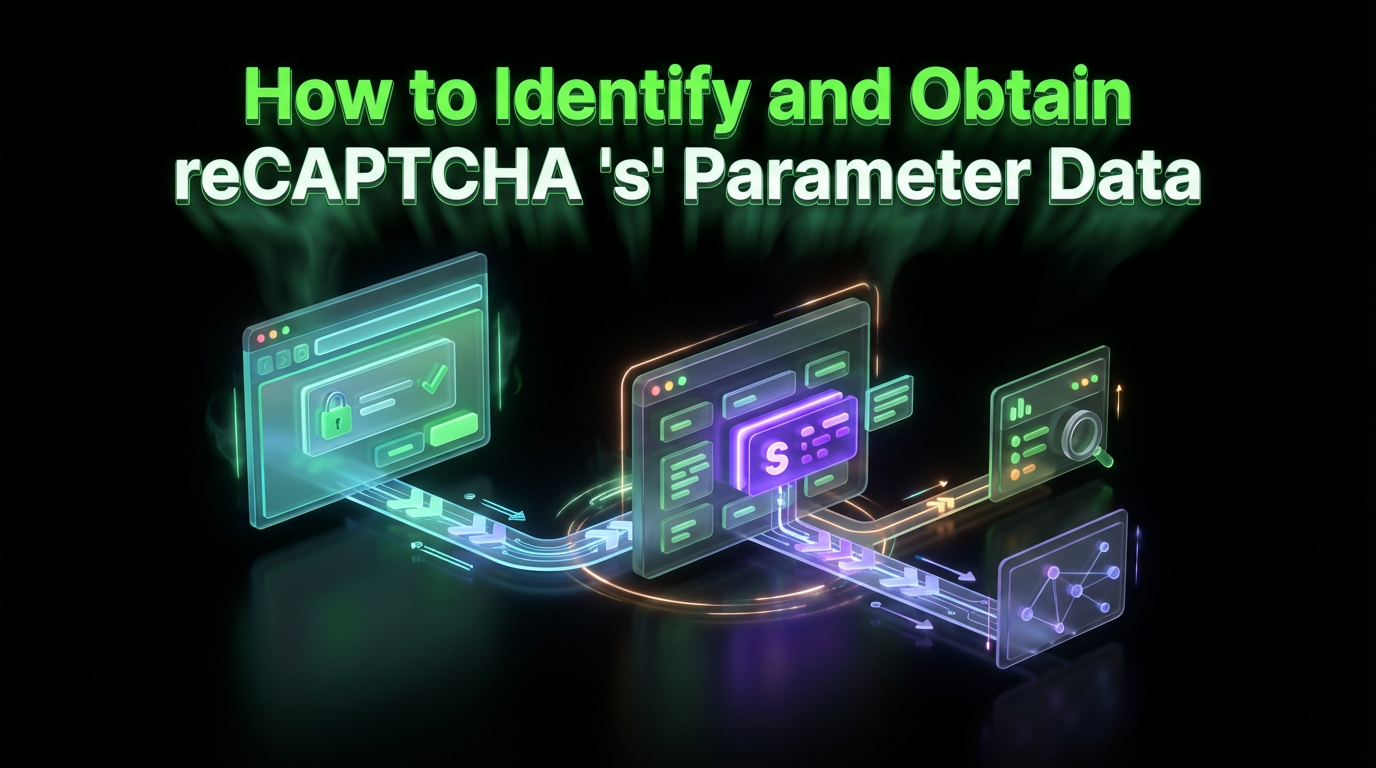
How to Identify and Obtain reCAPTCHA “s” Parameter Data
Learn to identify and obtain reCaptcha 's' data for effective captcha solving. Follow our step-by-step guide on using Capsolver's tools and techniques.

Ethan Collins
25-Nov-2025
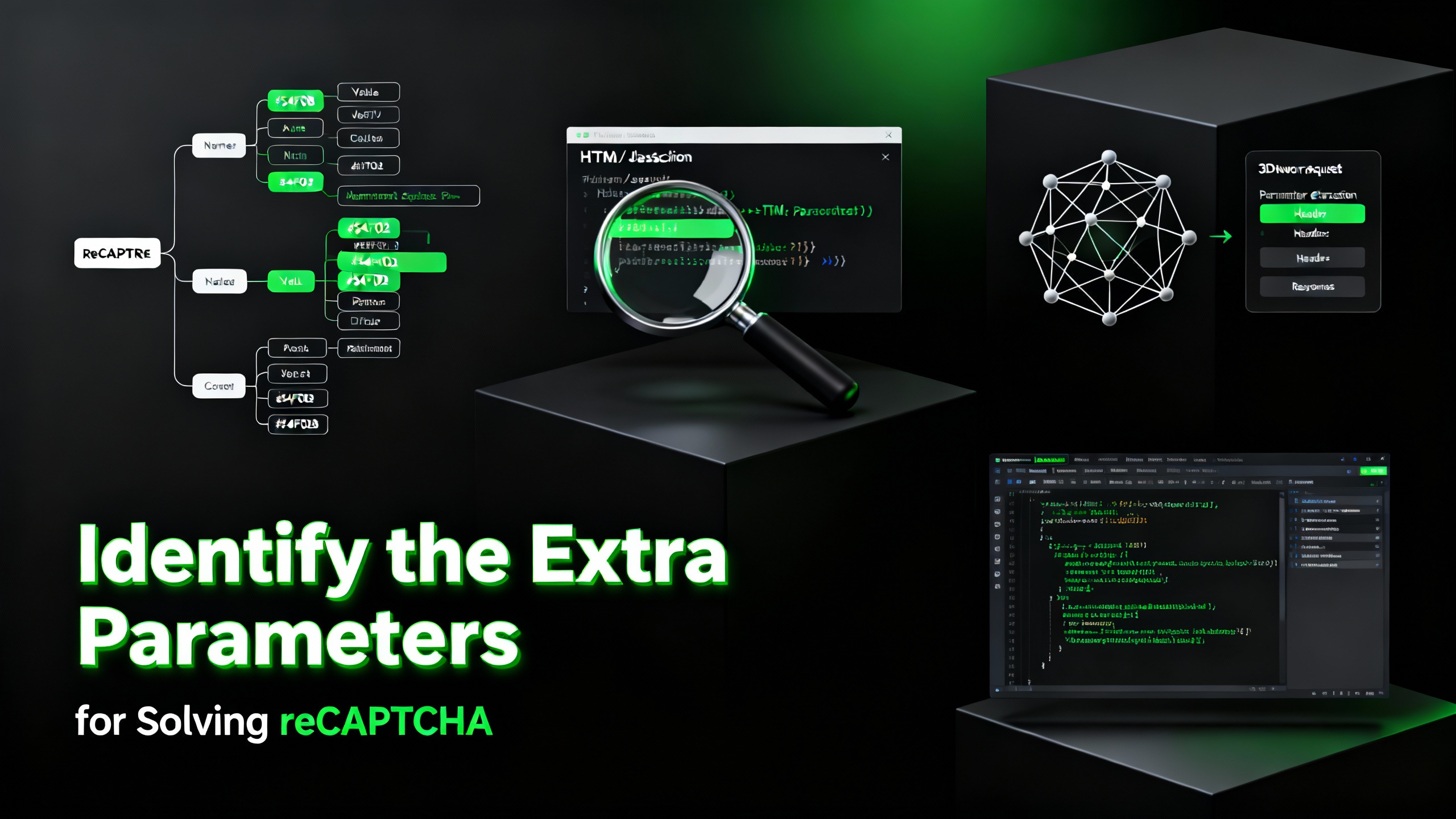
How to Identify and Submit reCAPTCHA Extra Parameters (v2/v3/Enterprise) | CapSolver Guide
Learn how to detect and submit extra reCAPTCHA parameters using CapSolver to improve accuracy and solve complex challenges.

Rajinder Singh
10-Nov-2025

How to Solve reCAPTCHA When Scraping Search Results with Puppeteer
Master the art of Puppeteer web scraping by learning how to reliably solve reCAPTCHA v2 and v3. Discover the best puppeteer recaptcha solver techniques for large-scale data harvesting and SEO automation.

Lucas Mitchell
04-Nov-2025
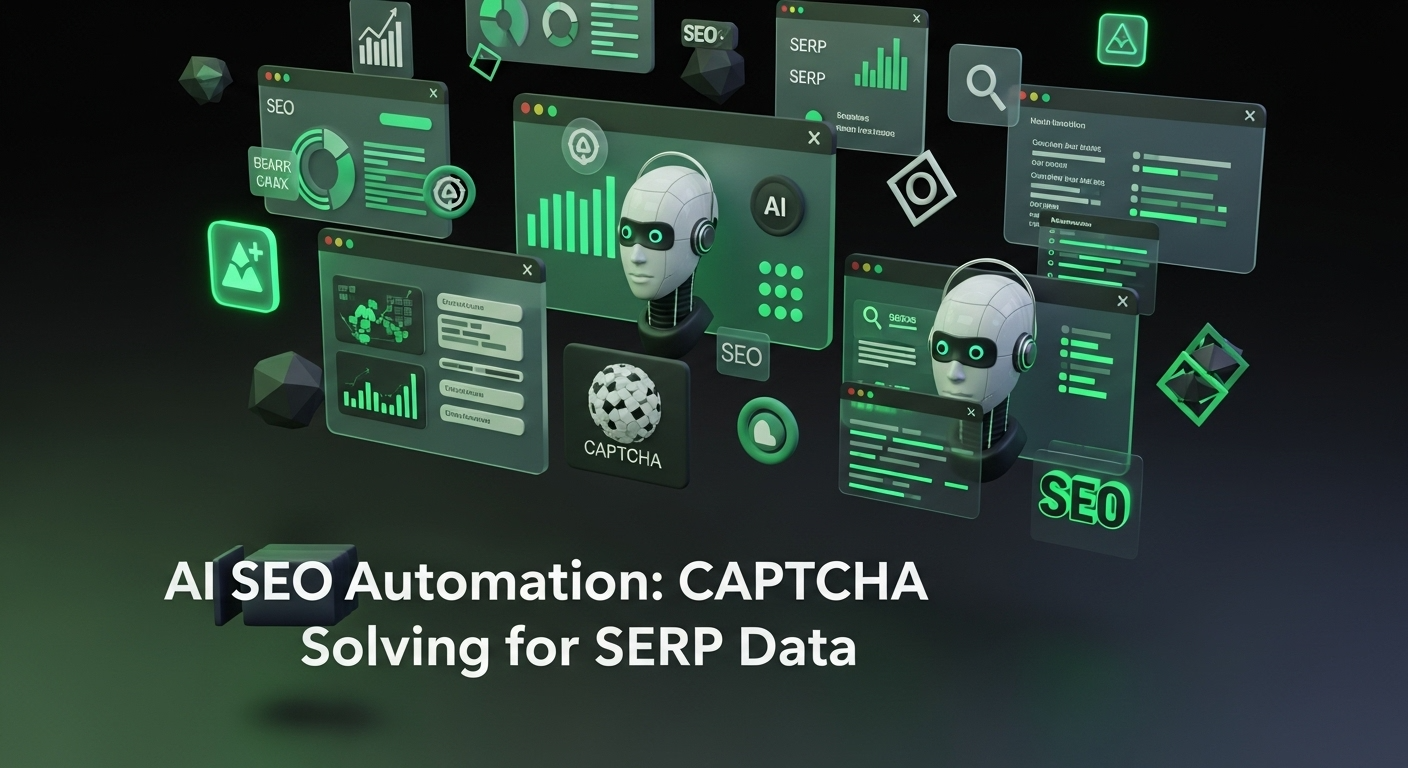
AI Powered SEO Automation: How to Solve Captcha for Smarter SERP Data Collection
Discover how AI Powered SEO Automation overcomes CAPTCHA challenges for smarter SERP data collection and learn about reCAPTCHA v2/v3 solutions

Emma Foster
23-Oct-2025
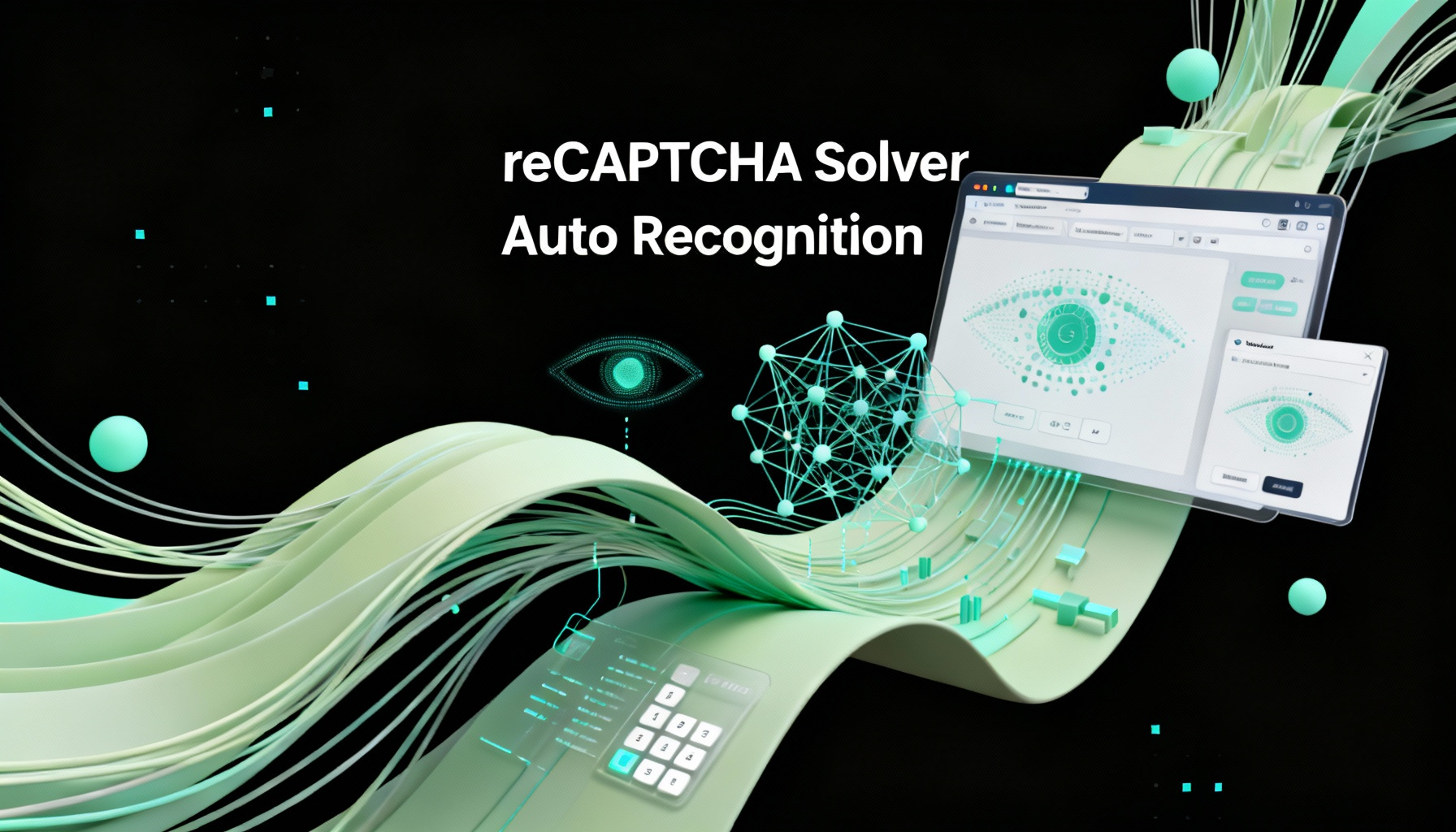
reCAPTCHA Solver Auto Recognition and Solve Methods
Learn how to automatically recognize and solve Google reCAPTCHA v2, v3, invisible, and enterprise challenges using advanced AI and OCR techniques

Sora Fujimoto
22-Oct-2025
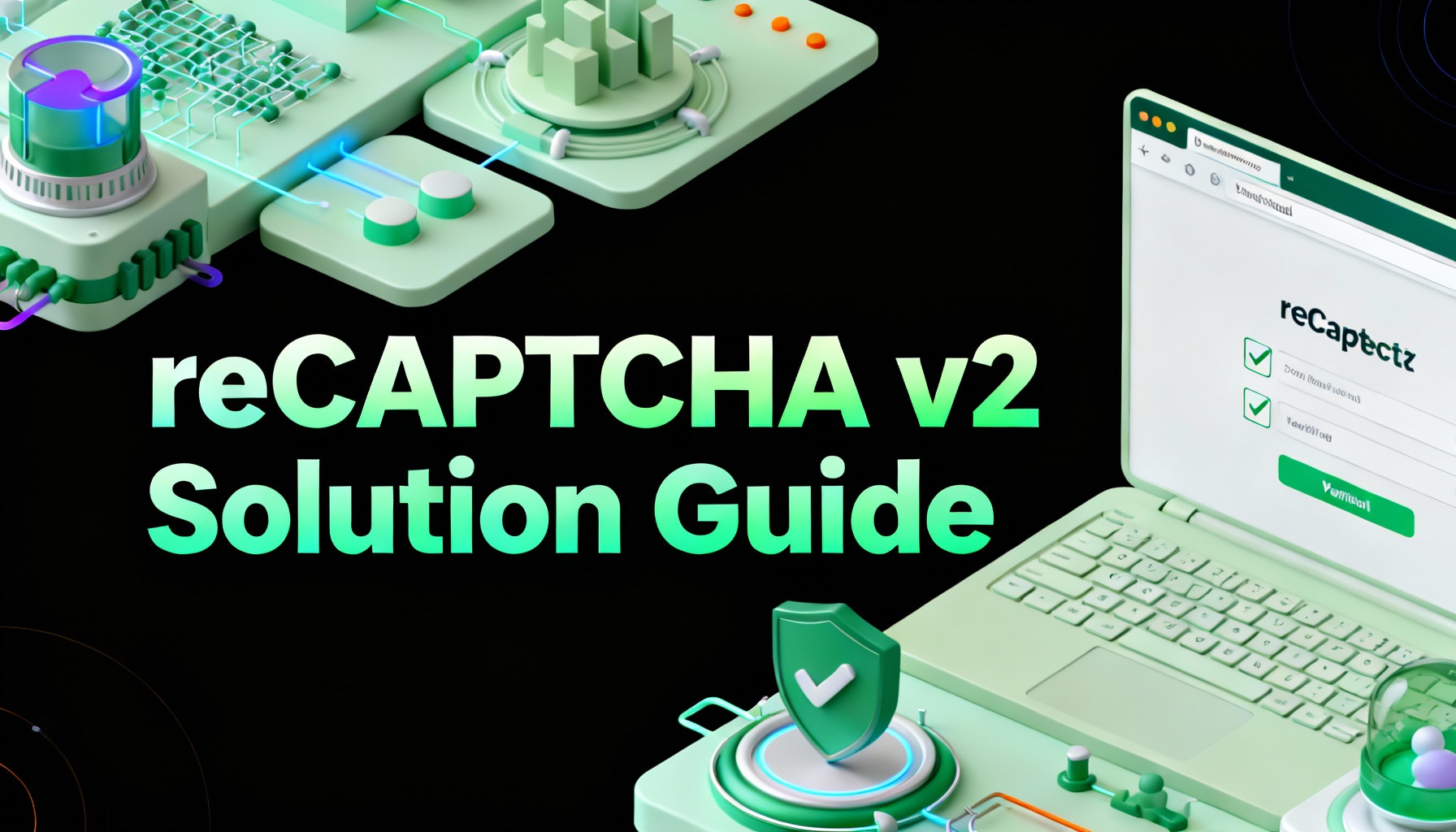
How to Solve reCAPTCHA v2: Solve reCAPTCHA v2 Guide
Learn how to automate solving Google reCAPTCHA v2 using CapSolver. Discover API and SDK integration, step-by-step guides, and bonus codes to streamline captcha solving for web scraping, automation, and development projects.

Aloísio Vítor
21-Oct-2025

